Soft fruit - introduction
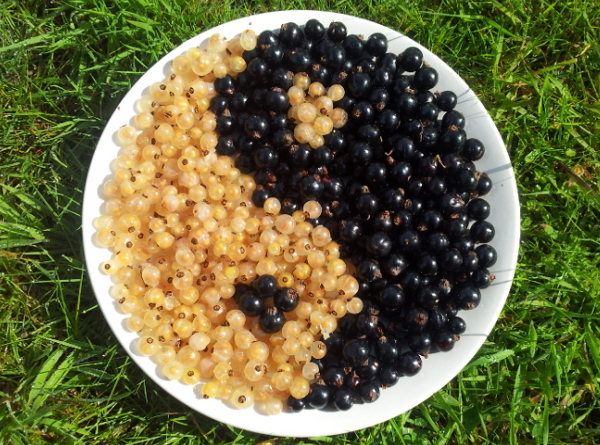
“Naturally sweet and juicy, berries are low in sugar and high in nutrients – they are among the best foods you can eat.” – Joel Fuhrman
Contents
What is soft fruit?
The term ‘soft fruit’ means fruit that grows on anything smaller than a tree – so you can easily grow it in gardens and on balconies. Is soft fruit really soft? Well, soft fruit is generally very juicy and has a thin skin, so yes, it is softer than apples and pears and more fragile than oranges. Because of this, soft fruit doesn’t store for long, so needs to be eaten soon after picking, or preserved as jams, jellies, cordials, or dried or frozen.
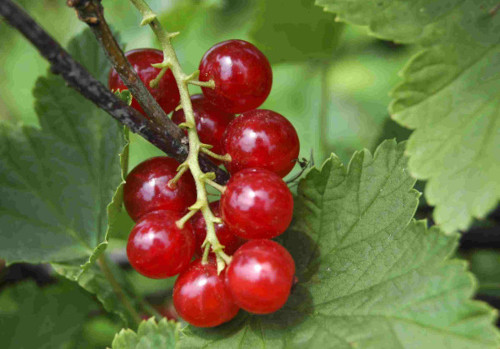
Most soft fruit grows on bushes – we’re thinking here of redcurrants, blackcurrants, gooseberries, blueberries and the like. Raspberries grow on stick-like ‘canes’ rather than bushes. Some soft fruit grows on vines and climbers (grapes, passion fruit) and one type of berry grows on small, long-lived, very invasive creeping plants – hurrah for strawberries!
What are the benefits of soft fruit?
Soft fruit growing is much less work than growing vegetables, because most vegetables need to be raised from seed every year, whereas fruit bushes and plants live for many years and need relatively little care. Growing soft fruit requires less space than growing tree fruit such as apples and cherries, so it can be done fairly easily in small gardens, balconies and allotments.
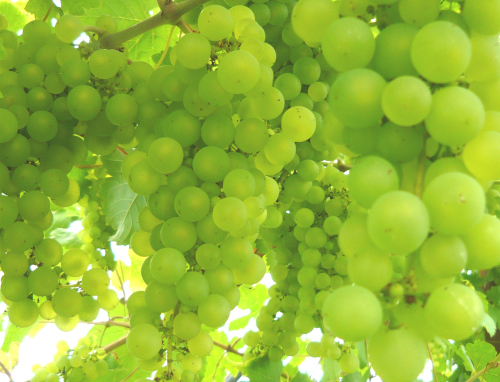
Soft fruit is full of vitamins and other nutrients that are really good for you. The plant chemicals that produce the rich colours of berries are thought to help prevent disease, possibly helping to reduce cancer risk.
Fruits such as raspberries and strawberries are wonderfully delicious eaten just as they are, while others like redcurrants, blackcurrants and some varieties of gooseberry are (depending on your taste) better eaten or cooked with other ingredients, where they’ll add huge helpings of colour and flavour.
Despite being very easy to grow, soft fruit is very expensive to buy. This is because the picking usually has to be done by hand, and once picked, it has a very short shelf life. Per kilogram, soft fruit is probably the most expensive type of fruit or veg in the shops. A 300g punnet of raspberries or redcurrants often costs several pounds, even at the height of the season when you’d think it would be cheap to buy.
So there we are – soft fruit is really good for you, a pleasure to eat, and growing it yourself either saves you loads of money or gives you something you’d never otherwise buy. Having soft fruit in your garden or on your balcony means that you can pick it fresh every morning to add to your muesli or porridge (or lunch box), and home-grown strawberries are usually so much tastier than commercially grown ones.
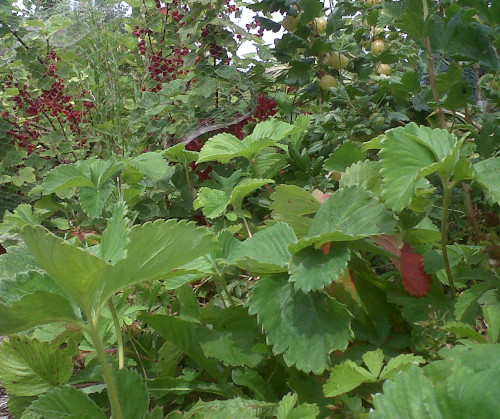
What can I do?
Soft fruit can be grown in most gardens, allotments and balconies. Whereas vegetables need lots of sun, soft fruit will grow fairly well in partial shade.
If you can plant directly in the ground, that’s the best option, as it cuts down on feeding and watering, but most soft fruit grows well in containers. Strawberries can be grown in pots and window boxes, and fruit bushes such as currants, gooseberries and blueberries will grow happily in containers the size of large buckets or 20-litre tubs. Raspberries will also grow in tubs – an old bath will do very well for them so long as there’s drainage. If you’re growing in containers, always make sure there are plenty of drainage holes in the bottom of them – drill extra holes if necessary.
When planting into garden soil, mix some home-made compost or well-rotted manure into the planting hole. For bushes, a handful of bonemeal mixed in (wear gloves) is helpful but not essential. To grow in containers, soil-based compost such as the generic and widely-available mix known as John Innes Number 3 is better than ‘multipurpose’ compost, or you can make your own mix of 50:50 compost and topsoil. A handful of a slow-release fertiliser such as bonemeal is helpful, but not essential if you prefer to avoid animal by-products.
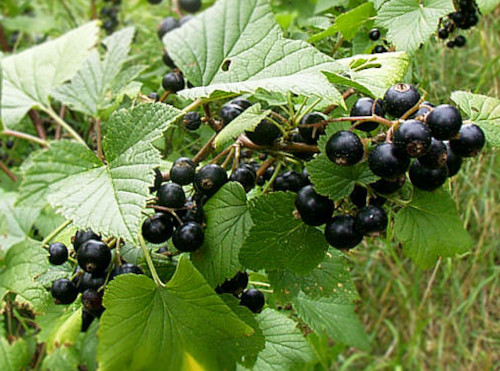
The main rule to remember is that when growing soft fruit in containers, don’t just fill them with garden soil, and never ever buy peat-based composts, as peat extraction destroys habitats and releases CO2. There are good peat-free bagged composts available in most garden centres (for more details of brands, and peat-free compost tests, see www.earthfriendlygardener.net).
In most parts of the UK, the soil is unsuitable for blueberry bushes, so they can only be grown in containers. That’s because they’re ‘lime hating’ or ‘ericaceous’ plants. You’ll need to buy ericaceous (lime-free) compost to plant them in – available in all garden centres.
Having sorted out a place to grow your soft fruit, you also of course need to obtain plants or bushes. Spring or autumn are the best times to plant or transplant soft fruit. The lowest-impact, and cheapest source of plants is from gardening friends or neighbours, or if you don’t know anyone suitable, an email to your local Freegle, Freecycle (etc.) group is likely to produce offers. If you have a local permaculture group you could ask them too. Join it, as it will change your life in more ways than gardening! If you can’t get plants and bushes from the community, you’ll need to find them via mail order, or the local garden centre (but aim to use an independent local garden centre or plant nursery if you have one in your area).
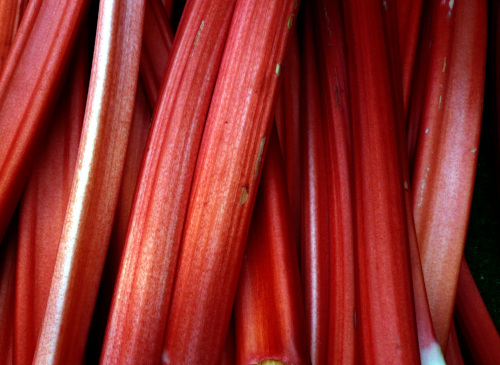
Strawberries spread fast – each plant has several new plants on runners each year, so people with strawberry plants will usually be more than glad to give you some runners. Pot them up and if they don’t yet have good roots, keep them well watered in a shady spot for a few weeks to get established (even if they do have good roots, it’s sensible to keep them in the shade for a week or so to recover from being transplanted). If all your strawberry plants are the same variety, you’ll be picking fruit for 3-4 weeks each year. Different varieties crop in different months, from early June to September, and there are some new varieties which claim to produce berries all summer.
Raspberry canes also spread fast so can often be obtained for free from friends. If planting directly into your garden, bear in mind that they’ll spread into adjacent areas, so burying a vertical barrier in the soil around the raspberry bed can be a good idea, though it’s not essential. If they’re next to a grass path or lawn, the mowing will stop them spreading in that direction.
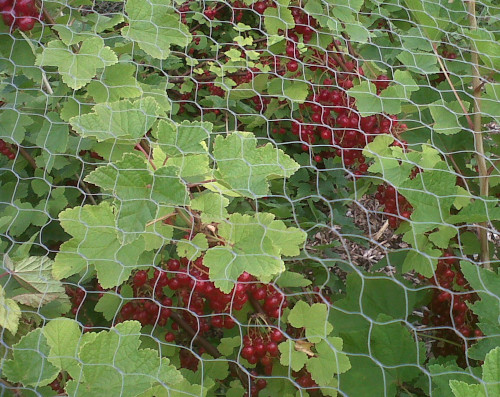
Rhubarb is not actually a fruit of course – we cook and eat the stems of this perennial plant – but people often think of rhubarb as the first soft fruit of the season. Ready to pick from about April, it fills a useful gap before the berry harvest begins in June. It won’t grow well in a container, but due to its huge leaves, it tolerates shade so can often be tucked into an otherwise unpromising corner of a garden or allotment.
The best way to obtain a rhubarb plant is from someone whose rhubarb has grown too big. After it has died down in autumn, use a spade vertically to cut off a clump of root from the edge of the donor’s plant. Dig a generous amount of manure or home-made compost into the new planting hole, feed it well each year with a pile of compost or manure in late winter, and make sure it is kept well-watered as it hates dry conditions, especially in the year following transplanting. If you can’t find someone to give you a section of their big plant’s root, small plants can be bought in pots from nurseries and garden centres, but these take a few years to grow to a useful size. Here are a couple of culinary rhubarb tips: 1. you can stew rhubarb with Stevia leaves or extract to sweeten it, instead of sugar; 2. you can add orange zest while cooking if you want to reduce the tendency of rhubarb to make your teeth feel funny.
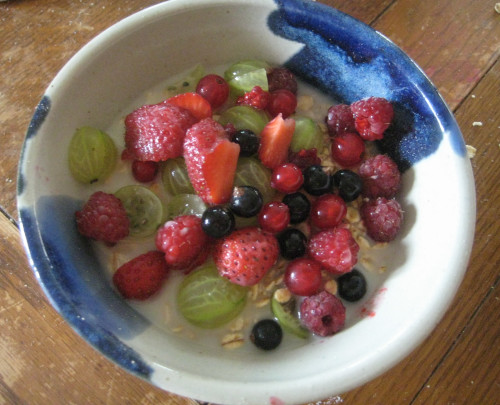
Currant and gooseberry bushes grow very easily from cuttings. If you have time and know someone else who has currant or gooseberry bushes, cut off some 8-10 inch long twigs in the autumn and push them halfway into well-drained soil or compost. Give them a bit of protection from the weather, using a cloche, some garden fleece supported on sticks, or half a large plastic bottle (add air holes to the half which doesn’t have the spout). In the spring most or all of the cuttings will burst into life – new green leaves growing on the bare sticks. Transplant them or pot them up the following autumn when their root systems have grown. To save work, you could just push your cutting sticks into the ground where you want the bushes to eventually grow, but put 2 or 3 in each spot in case they don’t all succeed – thin them out later to just one in each spot.
It’s a bit quicker to obtain bushes that are already a year or two old. They’ll usually begin to fruit in their second or third year. Feed them with a good helping of home-made compost or well-rotted manure around their roots each winter, and once the bushes are a couple of feet high, prune them so that they’re fairly open in the centre – people usually say soft fruit bushes should be ‘goblet shaped’. Always prune after harvest, not before. Redcurrants don’t like much pruning, but blackcurrants perform best if pruned hard (with a hedge trimmer or shears is OK!). Gooseberry bushes are so spiky and have a tendency for low growing branches to trail on the soil and root to form a thicket, so they are best shaped so that they have a clear vertical stem before bushing out (cut off the lower branches each year until you end up with this shape – be bold, it will make your life much easier).
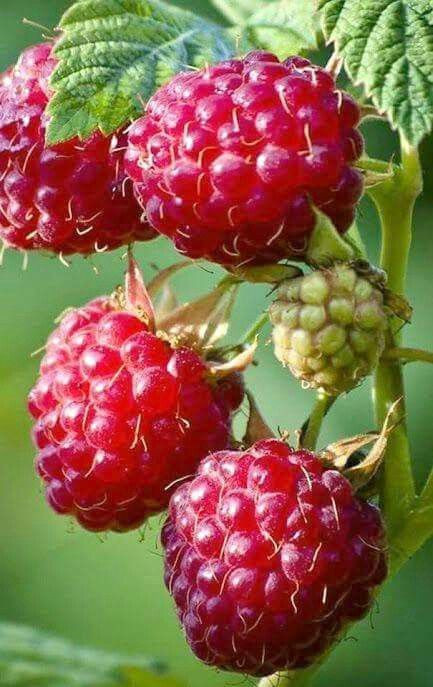
It’s good to mulch around your fruit bushes so that you don’t need to keep weeding around them. Weeds will compete with the bushes and reduce the crop considerably. You can mulch with a layer of cardboard or newspaper, topped with grass clippings, pulled-up weeds, or garden shreddings. Grass clippings without the cardboard will also do the job. It can also work well to plant strawberries around the base of fruit bushes, so that the strawberries form a productive ground cover. Leave a clear one foot/30cm circle of space around the roots of the bushes though so that you can feed the bushes with compost or manure each winter. Wood ash also makes an excellent fertilizer for soft fruit, so long as you’ve only been burning good clean firewood, rather than old scrapwood which may have been treated with preservative chemicals.
When planting currant or gooseberry bushes in the ground, a lot of novices plant them much too close together. Allow 1.5m or five feet between bushes. Each bush will eventually grow into something approximately the size of a washing machine! – hard to believe when you plant those little one-year old bushes. While the bushes are young you can use the empty space between them for other crops – onions for example.
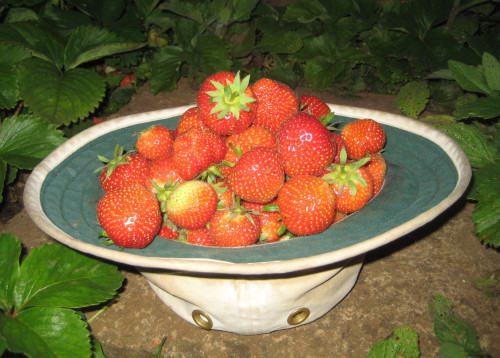
You generally don’t need to grow soft fruit in a fruit cage. If you like fruit cages and can afford one, by all means have one, though they can collapse in heavy snow, and you really should take the mesh off in the winter to allow birds to come in and eat pests. With no fruit cage, in some areas birds will be a problem and in others they won’t. Most likely you’ll only need to cover your redcurrant bushes from flowering until harvest, and everything else will be fine. You can cover bushes with old net curtains, or plastic fruit cage netting (peg it to the ground with string and tent pegs). If your redcurrant bushes are protected from birds, you can pick the berries from the bushes all summer long. Blackcurrants and gooseberries don’t ‘keep’ on the bushes and all have to be picked as soon as they’re ripe.
How many bushes or plants do you need? Mature, healthy currant and gooseberry bushes each produce at least 10 lbs (5kg) of fruit, so for many families one redcurrant bush, one blackcurrant, and one gooseberry bush will be plenty. If you have lots of space and good appetites, two bushes of each might be good, but more than that and you’ll need help from friends to harvest and eat the berry crops. Ten or 20 raspberry canes, and 10 or 20 strawberry plants per family would also usually be enough. Add in a couple of blueberry bushes in tubs, and your family will be self-sufficient in soft fruit.
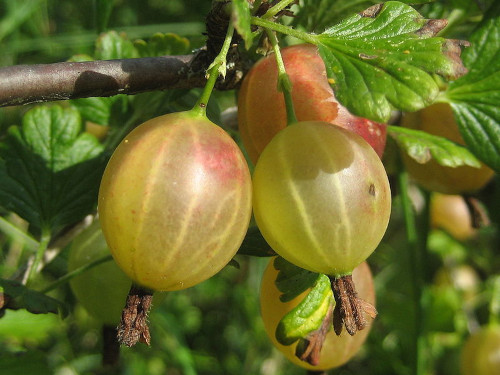
Soft fruit grows reasonably well with neglect, so even if you aren’t the sort of person who is likely to do the feeding, pruning, and (maybe) covering at the right times, it’s still worth planting it. By far the most important process, after all, is the eating… and there’s nothing to compare with bringing home your own strawberries from the allotment, or wandering out to the balcony on a summer’s morning to pick berries for your bowl of muesli!
Further resources
- Step-by-step guides to growing all types of soft fruit.
- Garden Organic – fruit-growing manual: aimed at schools but has lots of information for anyone.
- the Ecologist – how to make the most of the summer glut of soft fruit.
Specialist(s)
Thanks to John Walker of Earth-friendly Gardener for information.

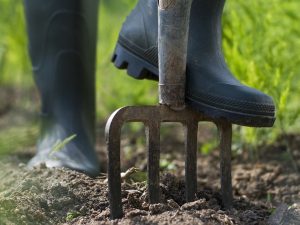

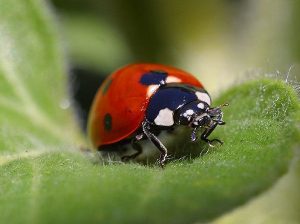
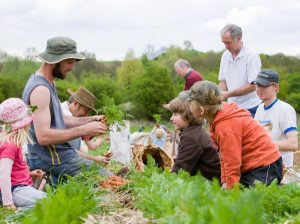
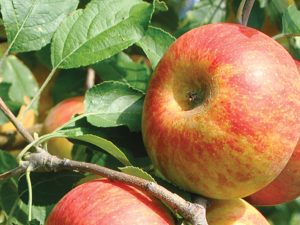
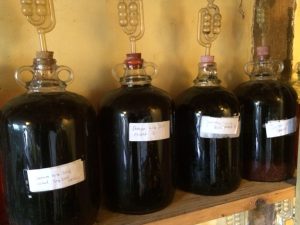
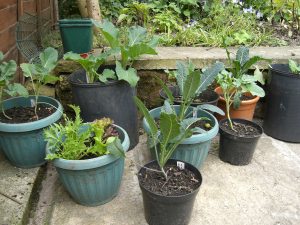
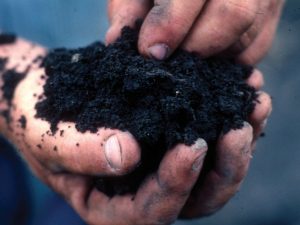
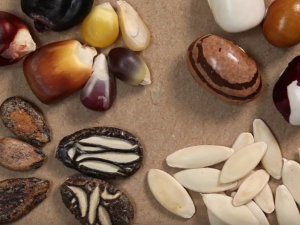
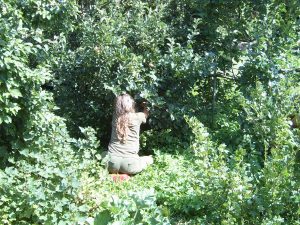
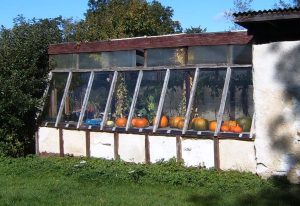
2 Comments
It’s amazing healthy looking berries! It reminds me of childhood when everything was in backyard! How miss this freedom of choice! Thanks for shay!
Sincerely Mila
I have tried raspberry canes – in a raised bed in semi-shade…died.
I have bought a blueberry & kept it in its original pot…attacked by some sort of black soot just as the flowers came out & died.
Help!